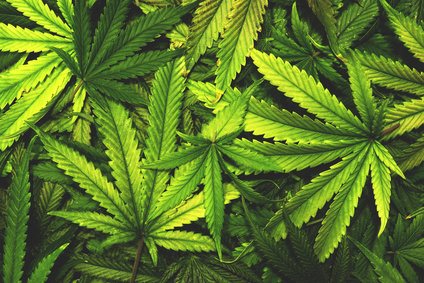Canada Can Learn How To Legalize Pot From America’s Example

As the Canadian government prepares to introduce legislation next spring to legalize marijuana for recreational use, there are some useful lessons to be drawn from the experiments that have been taking place south of the border since 2012.
Four more US states, including California, voted to legalize recreational pot earlier this month, bringing the total to eight, plus Washington, D.C. This means one fifth of Americans now live in jurisdictions where adults can legally use marijuana. Yet it is the states of Colorado and Washington that led the way, and hence have the most to teach us based on what they have learned thus far.
One important lesson is not to set tax rates too high. Washington initially levied a 25% excise tax at three separate stages–once on marijuana producers, once on processors, and a third time on retailers. It has since reduced this to one 37% retail tax, which is still high but at least less complicated. Colorado's effective tax rate is set to drop from 29% to 27% next year, and Oregon, which voted to legalize in 2014, is set to lower its tax rate from 25% to 17% by the end of this year.
These states do bring in not insignificant sums of revenue through these marijuana taxes. According to a recent in-depth Cato Institute report, Colorado is now collecting well over $10 million a month, and Washington over $15 million.
The problem, though, is that with such high tax rates, black markets continue to thrive. The four US states that just voted to legalize recreational marijuana will all have lower rates: 15% in California and Nevada, 10% in Maine, and just 3.75% in Massachusetts.
A report by Canada's Parliamentary Budget Officer this month recognizes the problem that US states have had with taxes that are too high. It projects that if the price of legal marijuana in this country is kept $3/gram above its illicit price (which averaged close to $9/gram in 2015 16), legal pot would capture barely 40% of the market. Even with a mere $1/gram premium, the legal market share would only hit 65%.
Not all of the lessons we can learn from the US state experiments are cautionary tales, however. They have also done some things right. For instance, they have not turned retailing over to a government monopoly like Quebec's SAQ, one of the options proposed by the Institut national de santé publique du Québec last week.
Instead, US states have allowed private entrepreneurs to apply for retail licenses. As of November 1, Colorado has 454 licensed retail marijuana stores with names like Herban Underground, Fresh Baked, and of course, Rocky Mountain High. Washington, for its part, had 378 licensed retail stores as of June 15, out of a maximum of 556 licences available statewide.
Those who oppose legalization, or who favour overly restrictive models like a government retailing monopoly, fear negative effects like increased car accidents, rising crime rates, or more widespread underage pot use. But the Cato report cited above, which looked at statistics addressing these and other concerns, concluded that "state marijuana legalizations have had minimal effect on marijuana use and related outcomes" and found an "absence of significant adverse consequences."
The debate over whether or not to legalize marijuana is over; the question now is how to do it properly. At a time when government monopolies over retail liquor sales are increasingly being called into question, let's not make the mistake of adopting this outdated model for retail sales of marijuana.
Jasmin Guénette est vice-président de l'Institut économique de Montréal. Il signe ce texte à titre personnel.

